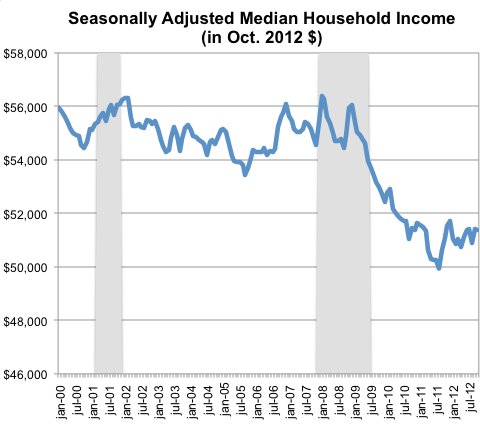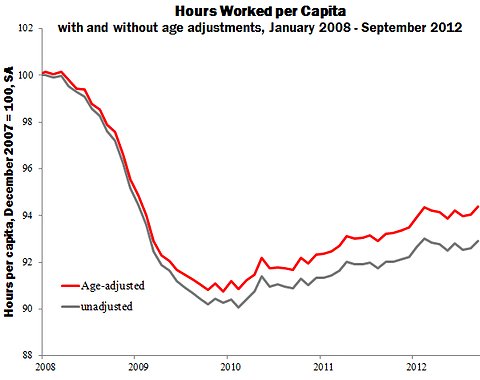On Thursday, the Spanish Treasury sold €4.5 billion, or $5.9 billion, of debt, including bonds with a maturity of as much as 28 years. The average interest rate paid by Madrid on two-year bonds was 2.71 percent, down from 3.36 percent in December — a level not reached since March of last year.
The interest rate on the benchmark 10-year Spanish bond stood at 5.03 percent Thursday. Last year that rate spiked above 7 percent — a level that many economists believe places an unsustainable burden on governments.
Higher interest rates make it not only more expensive but also more difficult for governments to borrow the money they need. Consistently high borrowing costs helped force Greece, Ireland and Portugal to seek international bailouts.
But the renewed sense of optimism in Spain this week led the government to suggest that the country’s economic recession would not be as deep and prolonged as had been feared. When drafting its 2012 budget, the government had expected the economy to contract 1.5 percent, but officials now expect the final figure for last year to be lower.
“The government is adopting the right measures to overcome the crisis, and these efforts are about to bear fruit,” Foreign Minister José Manuel García-Margallo said at an investment conference here Wednesday. “Foreign investors are coming back.”
But some foreign investors in Mr. García-Margallo’s audience gave a much more cautious reading on the recent market rally, as well as warning that it was too early for talk about an economic turnaround.
“Optimism is the flavor of the day, but perhaps people are overoptimistic,” said Birgitte Olsen, fund manager at Bellevue Asset Management in Zurich. “We’ve now seen some car companies shift their production lines to Spain, but a lot more reforms and work need to be done to return to growth and job creation.”
Still, Ms. Olsen said, “it makes sense for any company that has the opportunity to sell bonds to do it right now.”
Indeed, last year’s trickle of Spanish corporate debt issuance has turned this month into a flow. On Wednesday, Banco Santander sold €1 billion of seven-year bonds at an interest rate of 4 percent. In the first two weeks of January, a handful of other Spanish banks, as well as Telefónica and energy companies including Gas Natural and Red Eléctrica, sold bonds totaling over €7 billion, with most sales heavily oversubscribed.
“The results of some of these Spanish bond issues would have been impossible just three months ago, but it’s unclear to me whether what has now opened is really a long-term window,” said Michael Gierse, a fund manager at Union Investment in Frankfurt, which has €180 billion in assets under management.
The next litmus test for investors, Mr. Gierse said, would come at the end of the month, when the Spanish authorities are expected to lift a ban on the short-selling of all stocks trading on the country’s exchanges. The ban, intended to reduce market volatility, was to be lifted at the end of last October but was then extended by three months to help ailing companies like Banco Popular issue debt. Short-selling lets investors sell borrowed shares in the hope that their price will fall and that they could then be repurchased more cheaply, allowing the investors to pocket the difference.
“Once the short-selling ban gets lifted, we will have a much clearer idea of whether this market rally is for real,” Mr. Gierse said. For now, he added, “I don’t think that investors from outside the euro zone are already back in Spain.”
One reason for such wariness is that investors endured a roller-coaster ride last year.
Article source: http://www.nytimes.com/2013/01/18/business/global/18iht-spaindebt18.html?partner=rss&emc=rss



